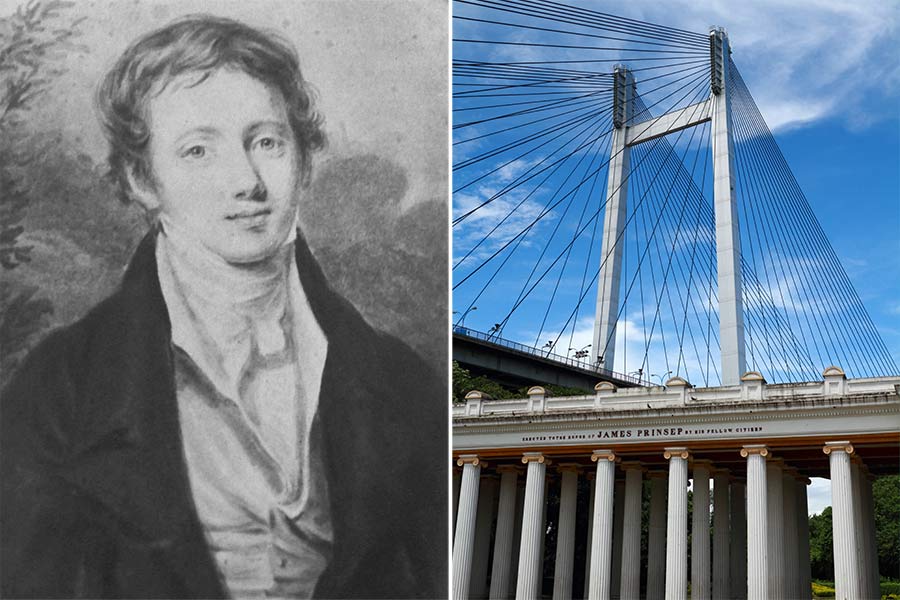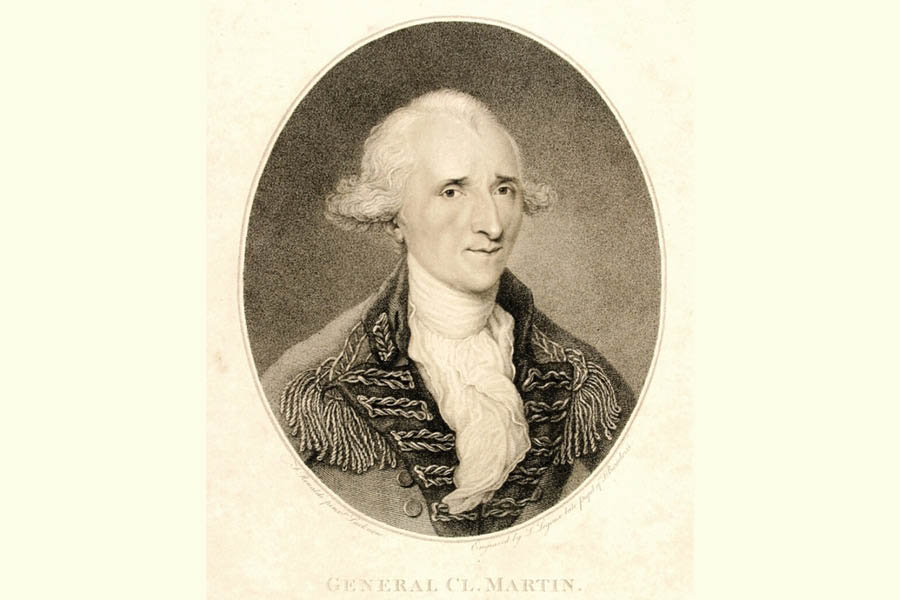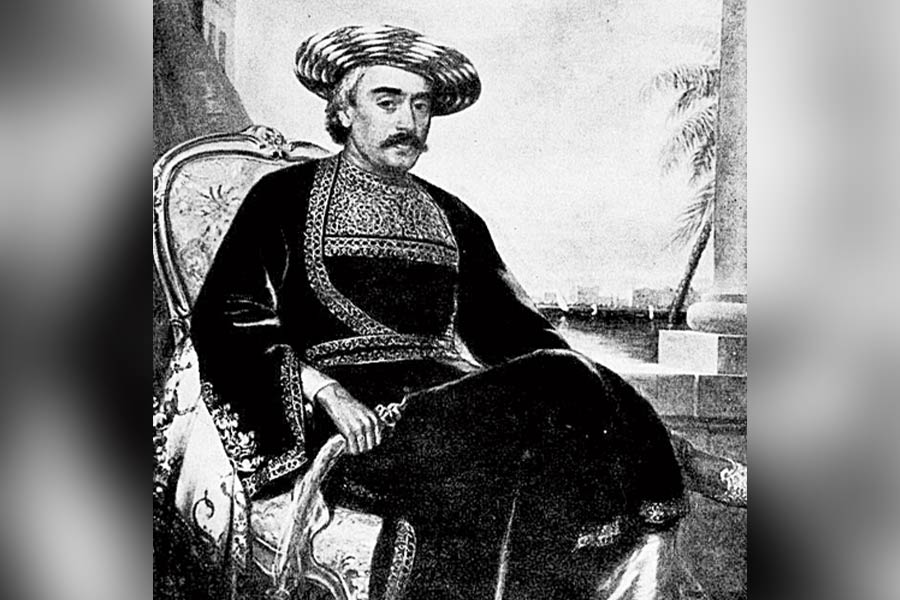How does one of Kolkata’s most enduring monuments connect to indigo cultivation and one of the greatest Indian monarchs of all time? Intrigued? This is the story of a fascinating man who came to this city of ours from distant shores and made it his karmabhoomi.
In 1771, an almost penniless man arrived in Bengal from England, lured to these shores by the promise of fortune. His name was John Prinsep and lady luck indeed shone bright on him. He went into indigo cultivation and by the time he was ready to sail back home in 1787, his personal fortune stood at £40,000!
Back in England, Prinsep established himself as an East India merchant and in time, also became a member of parliament. In 1799, when John Prinsep was way past 50, his seventh son and 10th offspring was born. The boy was christened James. From a very young age, James showed a remarkable ability in making detailed drawings and mechanical inventions. This led to him to study architecture under the tutelage of the eccentric but gifted Augustus Pugin. Sadly, an eye infection led to partial loss of eyesight, and James had to quit architecture studies. Thanks to his business, John Prinsep had considerable influence in the Company’s affairs in India and he secured a position for James in 1818, in Calcutta.
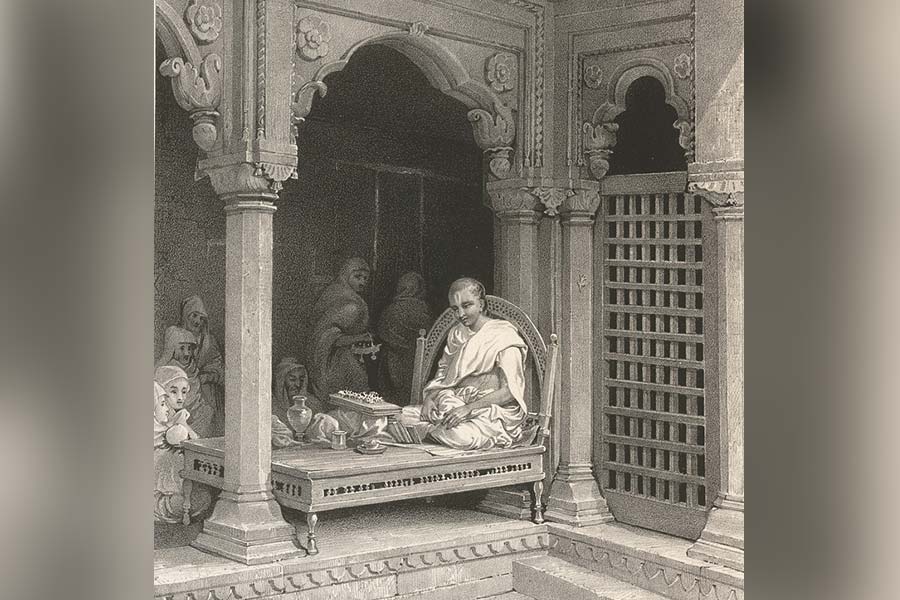
‘A Preacher Expounding The Poorans. In The Temple of Unn Poorna, Benares.’ Lithograph by Prinsep (1835) Wikimedia Commons
On September 15, 1819, James Prinsep, accompanied by one of his brothers, arrived in Calcutta and took up his assigned position in the assay department of the Calcutta mint. After a year, Prinsep was transferred to Benares to take up duties at the Company mint there. It was in Benares that James Prinsep’s life underwent a major transformation. Aside from his official duties, Benares reignited the love of architecture in young James’s mind. By a fortuitous outcome, his eyesight improved considerably and he devoted himself to studying temple architecture and made several illustrations on it.
During his 10 years in Benares, Prinsep designed the building for the new mint and also a Company church. One of Prinsep’s memorable contributions to the city was designing an arched tunnel to drain out water from stagnant lakes and thereby improve the sanitation of the densely populated religious town. He also designed a stone bridge over the Karamansa River and produced a map of Benares and its surroundings – accurate at the scale of 8 inches to the mile. Another facet of Prinsep’s multi-talented personage came to the fore in form of a series of watercolours of Benares’ monuments and festivals. Prinsep’s watercolours were sent to London in 1829 and published between 1830 and 1834 as Benares Illustrated, in a Series of Drawings. He also restored Aurangzeb’s famous minarets, which had been reduced to near ruins.
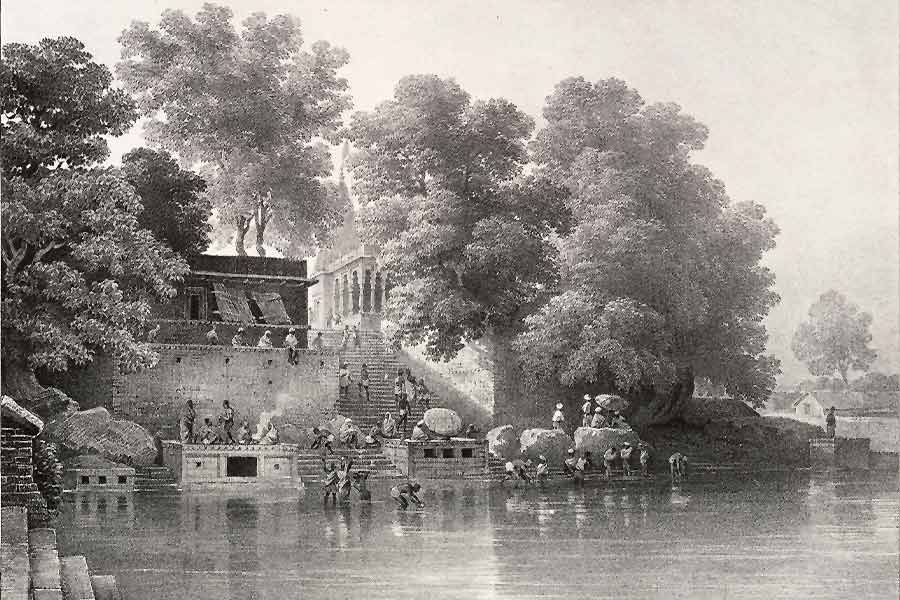
Lithograph of Kupuldhara Tulao, Benares, by Prinsep (1834) Wikimedia Commons
In 1830, after the Benares mint closed down, Prinsep moved back to Calcutta as deputy assay master and two years later, became the chief assay master. In 1833, he called for reforms to Indian weights and measures and advocated a uniform coinage based on the new silver rupee of the East India Company. He also devised a balance so sensitive as to measure three-thousandth of a grain.
In 1832, Prinsep became the Secretary of the Asiatic Society of Bengal, and also the founding editor of the Journal of the Asiatic Society. He regularly contributed articles on chemistry, mineralogy, numismatics, and on the study of Indian antiquities. He also was very interested in weather phenomena, and collected weather data from across the country for research. He designed a modified barometer that automatically compensated for temperature. He also conducted experiments on practical methods to prevent rusting of iron surfaces. Many of his experiment results were published in the journal.

Prinsep used bilingual Indo-Greek coins to decipher Kharosthi Wikimedia Commons
From his early days in India, Prinsep had become enamored with deciphering of coin inscriptions and collected coins. He interpreted coins from Bactria and Kushan as well as Indian series coins, including “punch-marked” ones from the Gupta series. He was the first to suggest that there were three stages in Indian coinage: the punch-marked, the die-struck, and the cast coins.
Between 1836 and 1838, in a series of articles published in the society journal, Prinsep deciphered the ancient Indian script – Brahmi, building on the works of other linguists like Rev. J. Stevenson, Christian Larssen, et al. Prinsep also deciphered another ancient script – Kharosthi, almost concurrently, but separately, from Carl Ludwig Grotefend.
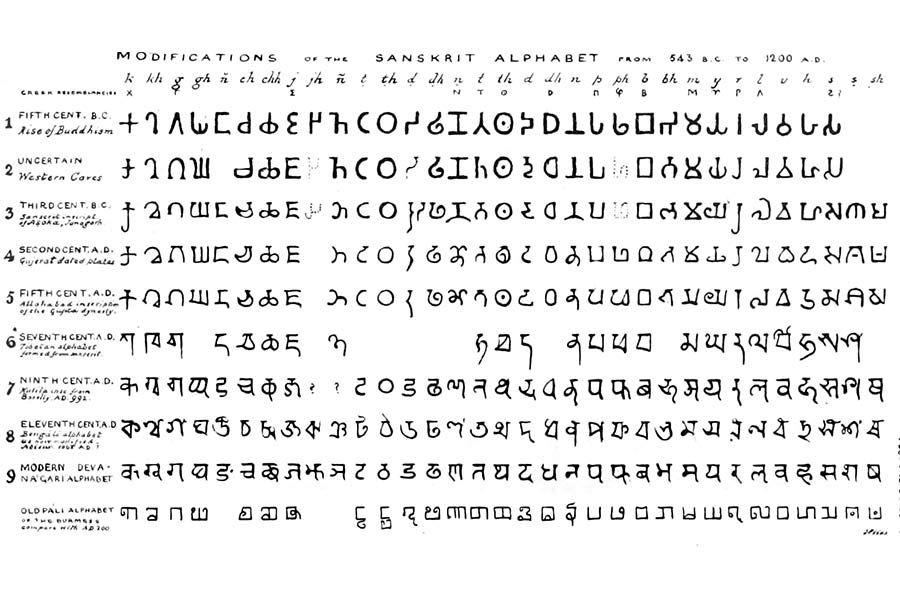
Consonants of the Brahmi script, and their evolution down to modern Devanagari, according to James Prinsep, as published in the Journal of the Asiatic Society of Bengal, in March 1838 Wikimedia Commons
The deciphering of these ancient scripts was a pivotal moment in understanding of Indian history – especially that of Ashoka the Great, whose edicts, inscribed in early Brahmi had till then remained undeciphered. Without the pioneering work of Prinsep and his contemporary orientalists, the true legacy of Ashoka could have remained shrouded in darkness for many more decades. Prinsep’s studies on inscriptions also helped in the establishment of date of Indian dynasties based on references to Antiochus and other Greeks. Prinsep also delved into the early history of Afghanistan, producing several works that touched on archaeological finds in that country.
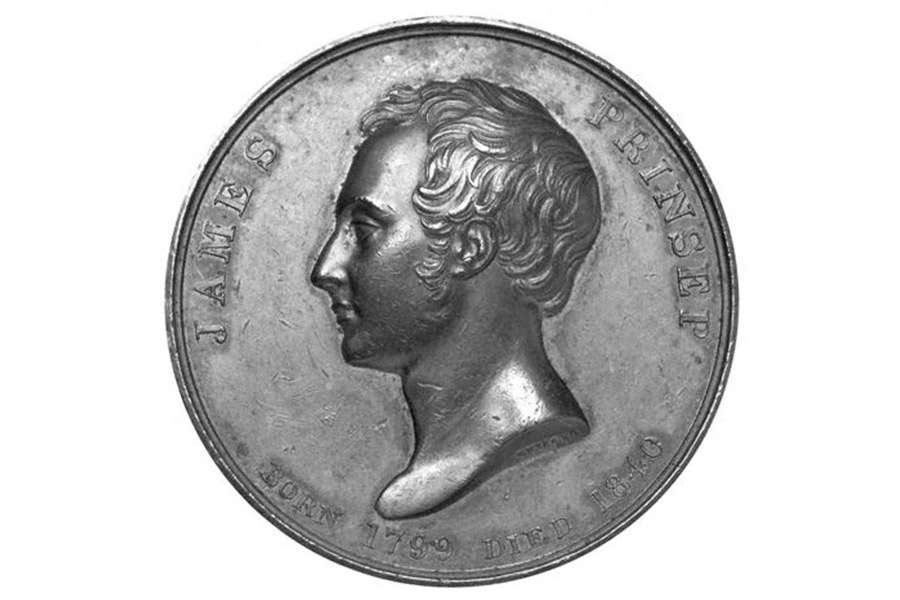
A bronze medal of James Prinsep Wikimedia Commons
The immense toil though started taking its toll on James Prinsep’s health. By 1838, his condition had deteriorated sharply and in November of that year, Prinsep left for England. Unfortunately, his health never recovered and on April 22, 1840, this incredibly gifted man breathed his last – four months short of his 41st birthday. He had left behind his wife Harriet Sophia and three-year old daughter Eliza. When news of Prinsep’s death reached Calcutta, a pall of gloom descended on the city’s social landscape. Several memorials were commissioned in his memory. A bust was erected at his beloved Asiatic Society. The most memorable of them was, of course, the Prinsep Memorial on the banks of the Hooghly – a Palladian-style porch, completed in 1843 and funded by his friends.
Nearly 200 years later, it still stands in grandeur – a mute testimony to a man who proved true the iconic lines from the film Anand:
'Zindegi badi honi chahiye
Lambi nehi'
